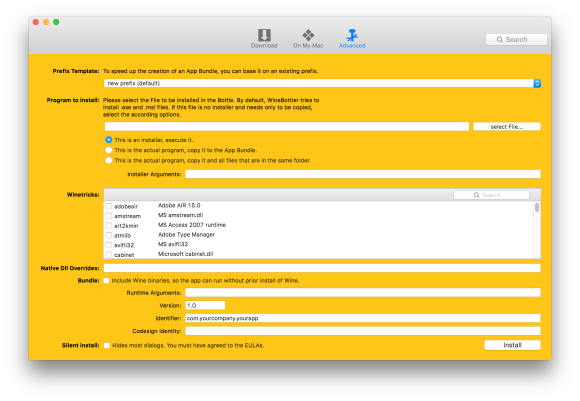

- #DEFAULT FOLDER X FREEZE HOW TO#
- #DEFAULT FOLDER X FREEZE WINDOWS 7#
- #DEFAULT FOLDER X FREEZE WINDOWS#
Log on to Windows by using the built-in local Administrator account.Ĭustomizing the Start menu and the Taskbar is limited in Windows 7. Step 1: Configure the default user profile The Unattend.xml answer file is passed to the System Preparation Tool (Sysprep.exe).

The only supported method for customizing the default user profile is by using the Microsoft-Windows-Shell-Setup\CopyProfile parameter in the Unattend.xml answer file.
#DEFAULT FOLDER X FREEZE HOW TO#
This article supersedes all previously published procedures about how to customize default local user profiles when you prepare images. Such extraneous information could lead to serious problems with applications and system stability. If you try to use other methods to customize the default user profile, it may result in extraneous information being included in this new default user profile. This is the only supported method of customizing the default user profile for the Windows operating system. When the default user profile is customized as described in this article, it reconstructs the source profile in a format that is appropriate for use by multiple users. Then, the default user profile can be copied to the appropriate shared folder to make that user profile either the default user profile or a mandatory user profile. To customize a default user profile or a mandatory user profile, you must first customize the default user profile.
#DEFAULT FOLDER X FREEZE WINDOWS 7#
This article describes how to customize the default local user profile settings when you create an image in Windows 7.Īpplies to: Windows 7 Service Pack 1, Windows Server 2012 R2 Original KB number: 973289 SummaryĪfter you deploy the image, the default local user profile settings are applied to all new users who log on to the computer. ~/Library/Preferences/Microsoft/.Customize the default local user profile when you prepare an image of Windows ~/Library/Preferences/Microsoft/Office Font Cache If testing these files in Office did not fix the problem, then check to see if you have leftover preferences from Office 2004 or earlier versions. (If you are using Office 2008 or Newer, look for leftover preferences from earlier versions (see below) and remove them from your preferences folder).

"Testing" a preference file simply refers to removing the preference file from the default location (~/Library/Preferences/) and verifying that the Office application starts normally (the Office application will automatically re-create a preference file when it starts if the preference file does not already exist in the default location. plist files to determine if they are the source of the problem with an Office application. What does this procedure actually do and why am I doing it?


 0 kommentar(er)
0 kommentar(er)
